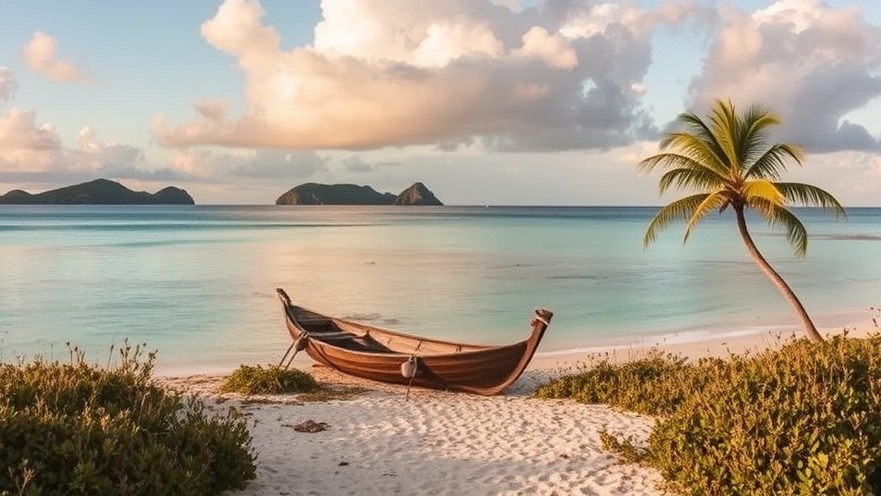Beyond Seychelles: The Wild, Quiet Islands You Didn’t Know Were in Africa

Everyone’s heard of Mauritius and the Maldives. But Africa’s coastline—and just beyond it—is scattered with islands that feel like they were never meant to be found. No five-star gloss. No crowds. Just wild beauty, layered cultures, and the kind of slow travel that resets everything.
Take Mozambique’s Quirimbas Archipelago. It’s a string of coral islands floating in the Indian Ocean, where the only footprints in the sand are yours—and maybe a crab’s. Some islands are entirely uninhabited. Others have dhow boats bobbing in turquoise shallows and women weaving palm mats in the shade. Here, luxury comes in the form of fresh lobster grilled on a fire you built yourself.
Then there’s Lamu, Kenya—an island with no cars, only donkeys and footpaths. The air smells like cardamom and sea salt. Dhows glide through the channel, call to prayer floats from minarets, and Swahili design lives on in coral stone houses with ornately carved doors. Lamu isn’t a resort—it's a living museum, and travelers who respect its pace are rewarded with deep calm and rich connection.
In Comoros, between Madagascar and Mozambique, volcanic peaks meet perfume distilleries. The islands are lush, Muslim-majority, and practically untouched by international tourism. Imagine tropical forests, craters, ylang-ylang plantations, and beaches with no sunbeds, no drone photography—just fishermen pulling in nets and kids swimming until dusk.
Even Madagascar, while massive, has offshore secrets. Nosy Komba, for example, is known for its lemurs, clear snorkeling coves, and lack of roads. It’s the opposite of overdeveloped. You’ll arrive by boat, sleep in wooden bungalows, and wake up to the sound of the tide and the occasional gecko squeak.
These aren’t islands for luxury seekers. They’re for wanderers who like their beach days unscripted, their seafood just-caught, and their cultural exchanges real. No curated cocktail menus. Just you, the horizon, and a place where time drifts, tides set the pace, and sunsets don’t need a filter.
 Add Row
Add Row  Add
Add 




Write A Comment